In today’s ever-evolving world, technology has become an indelible part of our lives, continually shaping and transforming the way we live, work, and communicate. From revolutionary advancements in artificial intelligence to futuristic virtual reality experiences, the modern tech landscape is an intricate tapestry of innovation and creativity. This blog post delves deep into the captivating world of technology, dissecting current trends and conversations, while offering a visionary outlook based on present observations.
The tech landscape is vibrant and multifaceted, with various trends and conversations resonating throughout the industry. One of the prominent trends is the increasing integration of artificial intelligence (AI) in our daily lives. AI is no longer limited to sci-fi movies; it has permeated various sectors, from healthcare to transportation. AI-powered virtual assistants like Siri and Alexa have become commonplace, revolutionizing the way we interact with our devices.
Additionally, the emergence of big data and analytics has enabled businesses to harness the power of data to gain valuable insights. With the exponential growth of data, organizations are investing heavily in data analytics tools and techniques to make data-driven decisions. This trend is expected to shape the tech landscape for years to come, as the demand for skilled data scientists continues to rise.
Another noteworthy aspect of the modern tech landscape is the rapid growth of the Internet of Things (IoT). From smart homes to connected cars, IoT is transforming the way we experience the world around us. With IoT devices becoming more affordable and accessible, the number of connected devices is projected to reach billions in the coming years. This proliferation of IoT devices brings both opportunities and challenges, with concerns about data privacy and security at the forefront.
As technology advances, the boundary between the physical and virtual worlds is blurring. Augmented reality (AR) and virtual reality (VR) are no longer limited to gaming; they are finding applications across various domains like education, healthcare, and entertainment. AR allows users to overlay digital information onto the physical world, enhancing our perception and interaction. VR, on the other hand, offers immersive experiences, transporting users to virtual realms. These technologies have the potential to revolutionize industries and create new possibilities.
The modern tech landscape is a dynamic and ever-evolving domain that continues to shape the way we live and interact with the world. From the integration of AI and big data analytics to the proliferation of IoT and the emergence of immersive technologies, the tech community is constantly pushing the boundaries of innovation. As we navigate this fascinating world, it is crucial to understand the current trends and conversations that are driving the industry forward.
Looking ahead, the future of technology holds immense potential. With advancements in fields like quantum computing, blockchain, and 5G, we can anticipate revolutionary changes that will redefine the tech landscape in the years to come. As technology continues to evolve, it is essential to stay informed and embrace the opportunities that it presents, while also addressing the ethical and societal implications. By fostering a deeper understanding of the trending dialogues in the tech community, we can all contribute to building a future that is both technologically advanced and ethically responsible.
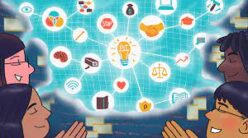

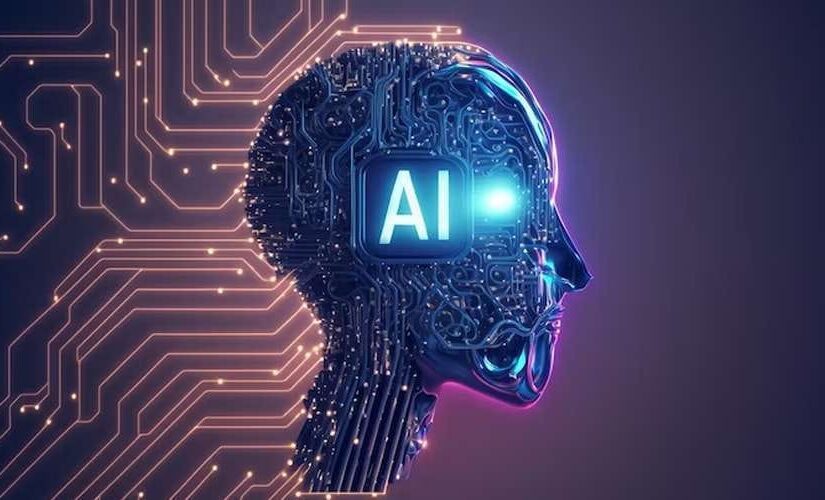
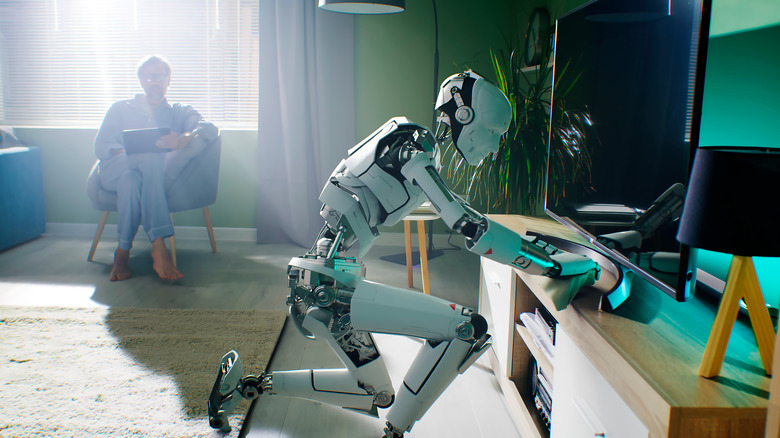
 From Dream to Reality
From Dream to Reality Bridging the Gap with Artificial Intelligence
Bridging the Gap with Artificial Intelligence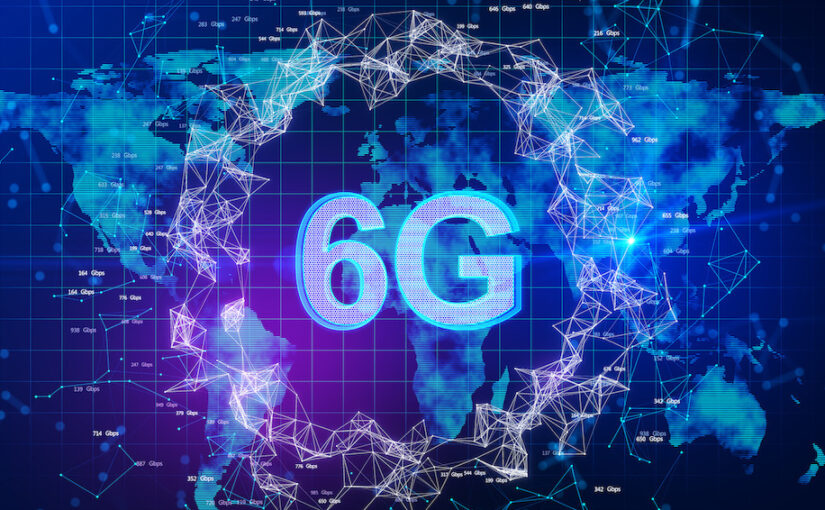
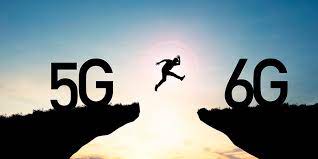 From 5G to 6G
From 5G to 6G Potential Features of 6G
Potential Features of 6G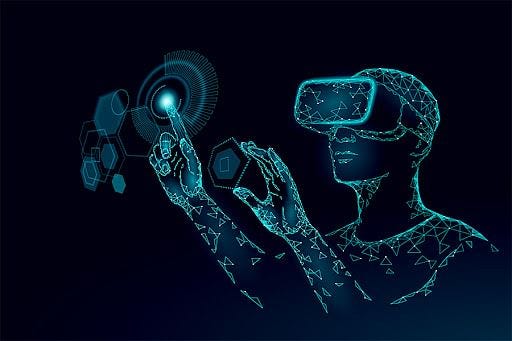
 The Sci-Fi Seeds
The Sci-Fi Seeds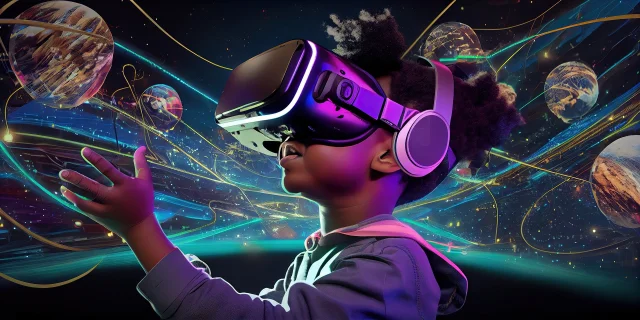 Virtual Reality: Immersion Unleashed
Virtual Reality: Immersion Unleashed